#Colobanthus
Explore tagged Tumblr posts
Text
Abstract The intergenic spacer (IGS) of 5S ribosomal RNA genes (5S rDNA) (that are present in the genome of all living organisms) is characterized by a high variability, due to which it is a convenient and widely used object for clarifying the issues of genome evolution, population genetics, systematics, etc. The aim of this work was to study the IGS of 5S rDNA of the Antarctic pearlwort Colobanthus quitensis. The nucleotide sequence was determined by the methods of molecular genetic analysis, and molecular organization of the C. quitensis 5S rDNA IGS was studied. It was demonstrated that it contains the regulatory elements typical for other vascular plants. The existence of at least two classes of 5S rDNA repeats in the individual genome (that differ significantly in the length and nucleotide sequence of IGS) was established. In addition, based on differences in the length and nucleotide sequence, two subclasses of repeats with a long IGS and three subclasses with a short IGS were identified. A comparison of 5S rDNA IGS sequences in C. quitensis and Silene latifolia Poir. (a member of another section of the Caryophyllaceae family) demonstrated significant differences in the structure of a spacer region of 5S rRNA genes (except for its parts containing regulatory elements). In general, data obtained indicate a significant level of intragenomic polymorphism of C. quitensis 5S rDNA IGS.
0 notes
Note
Hello there! What's your favorite flower? For research purposes
Colobanthus quitensis (Antarctic Pearlwort)

Or Stokesia (Stokes aster), specifically stokesia klaus jelitto, which is a variant that starts as a white flower and slowly turns purple

7 notes
·
View notes
Text
Antarctic Plants Show the Way to Life on the Moon
Antarctic Plants Show the Way to Life on the Moon https://ift.tt/bRQNSVi What will be the first colonists of other worlds? Cesar Amaral and colleagues examined how two hardy survivors from Earth’s most extreme continent might help make this a reality. The researchers tested a moss called Sanionia uncinata and a flowering plant named Colobanthus quitensis in simulated Moon and Mars soils, discovering surprising potential for lunar gardening. Experiments in Antarctica, show how these resilient species might pioneer our first steps toward space agriculture. Colobanthus quitensis. Antarctic Pearlwort. Image by by Patricio Novoa Quezada from Valparaíso, Chile / Wikimedia Commons The Antarctic plants showed strikingly different responses to the alien soils. While Mars soil proved too harsh, causing the plants to struggle and lose their vibrant green color, the Moon soil told a more hopeful story. Both the moss and flowering plant not only survived but thrived in lunar conditions, with the Colobanthus even growing new roots – much like they would in their Antarctic home. Amaral and colleagues created a controlled testing ground to understand how these plants might fare beyond Earth. The team grew their specimens in three distinct environments at Antarctica’s Comandante Ferraz research station: soil from the plants’ native Antarctic home, and special mixtures that replicated the surface conditions of both the Moon and Mars. For 15 days, they carefully tracked how these botanical pioneers adapted to their alien soils. Antarctica is a much more hospitable environment for life than the Moon or Mars, but does have some value for testing plants. To survive the plants have to withstand extreme cold, months of darkness, harsh UV radiation, and prolonged drought. There’s still the critical matter of respiration, where will the oxygen come from? However, the hardiness of the plants suggest that some factors might require less mitigation than more fragile plants and help convert regolith into soil for use by crops at a later date. Amaral, C.R.L., Anjos, D., Bones, F.L.V., de Freitas, A.C., Magalhães, M.G.P., Moreira, L.M., Goldenberg-Barbosa, R. & Donato, A. 2024. May Antarctic plants grow on Martian and Lunar soil simulants under terrestrial conditions? Anais da Academia Brasileira de Ciências 96: e20240571. https://doi.org/10.1590/0001-3765202420240571 Cross-posted to Bluesky, Mastodon & Threads. Image: Colobanthus quitensis, by Patricio Novoa Quezada from Valparaíso, Chile / Wikimedia Commons The post Antarctic Plants Show the Way to Life on the Moon appeared first on Botany One. via Botany One https://botany.one/ December 20, 2024 at 03:00PM
2 notes
·
View notes
Text

Antarctic Pearlwort (Colobanthus quitensis)
Family: Pink Family (Caryophyllaceae)
IUCN Conservation Status: Unassessed
Brutal cold, intense winds and a lack of terrestrial resource makes Antarctica by far the least biodiverse continent on earth, and while land plants are particularly rare in the area surrounding the south pole, two species of highly specialised flowering plants have managed to survive; a tough, low-growing species of grass called Antarctic Hairgrass, and a small, superficially moss-like relative of campions, chickweeds, stitchworts and pinks; the Antarctic Pearlwort. Found mainly in coastal areas where they typically grow attached to sturdy rocks, members of this species grow low to the ground to avoid being uprooted by wind, possessing thick, waxy leaves to reduce water loss through salt spray, wind and evaporation resulting from sunlight reflected from snow, and produce antifreeze-like proteins in their leaves to prevent their internal stores of water from freezing and damaging their tissues. Although they produce pale yellow flowers Antarctic Pearlworts cannot rely on animal-based pollination (with Antarctica's only insect, the Antarctic Midge, being flightless and spending much of its life underground,) and as such they instead allow their pollen to be carried away by the wind, fertilizing the flowers of other members of their species and allowing for the production of small, waxy fruits (which, in the absence of terrestrial frugivores to swallow them, drop their seeds to germinate wherever they fall.) As anthropogenic climate change causes increases in average temperature across Antarctica, Antarctic Pearlwort populations are rapidly increasing as the conditions around them slowly become more conducive to plant growth. As such, monitoring the population size and current range of this species can provide useful insight into how drastically the earth's poles are changing.
--------------------------------------------------------------------------
Image Source: https://www.inaturalist.org/taxa/428806-Colobanthus-quitensis
#Antarctic Pearlwort#plant#plants#biology#botany#wildlife#Antarctic wildlife#adaptations#Antarctic Plants#wildlife biology#polar wildlife
15 notes
·
View notes
Link
0 notes
Text
Antarctica’s two native flowering plants are spreading rapidly as temperatures warm, according to the first study to show changes in fragile polar ecosystems have accelerated in the past decade.
The increase in plants since 2009 has been greater than the previous 50 years combined, coinciding with rapidly rising air temperatures and a reduction in the number of fur seals, according to researchers working on Signy Island in the South Orkney Islands.
Populations of Antarctic hairgrass (Deschampsia antarctica) and Antarctic pearlwort (Colobanthus quitensis) have been studied by scientists on the island since 1960. Research found hairgrass spread five times faster between 2009 and 2018 than between 1960 and 2009. For pearlwort, the increase was almost ten times more, according to the paper.
In the past decade, summer warming has increased from +0.02C to +0.27C each year, despite strong cooling recorded in 2012.
“Antarctic terrestrial ecosystems respond quickly to these climatic inputs,” said lead researcher Prof Nicoletta Cannone, from the University of Insubria in Como, Italy. “I was expecting an increase of these plants but not of this magnitude, we are receiving multiple evidences that a major change is occurring in Antarctica.”
47 notes
·
View notes
Photo
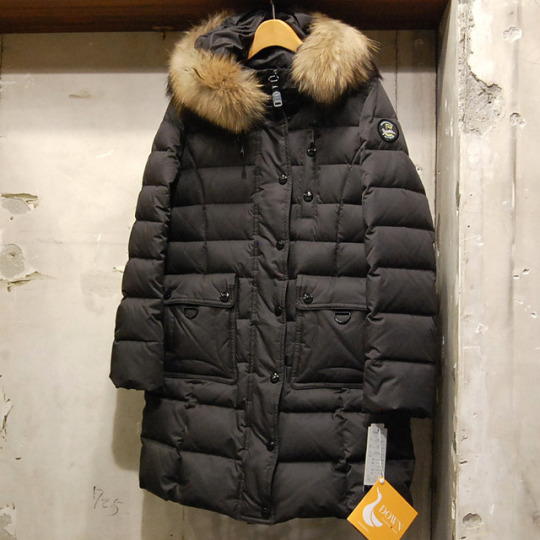
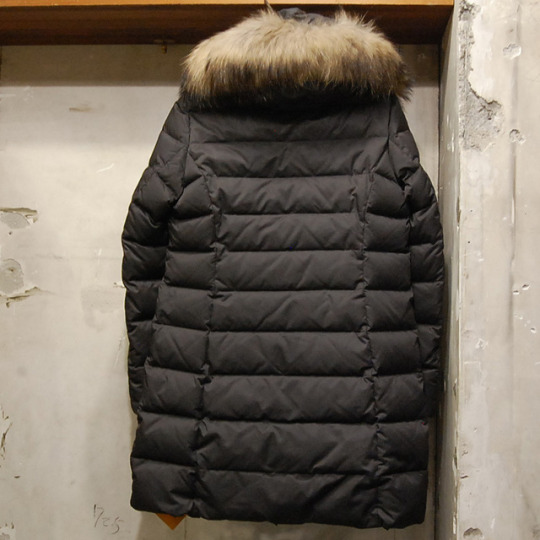
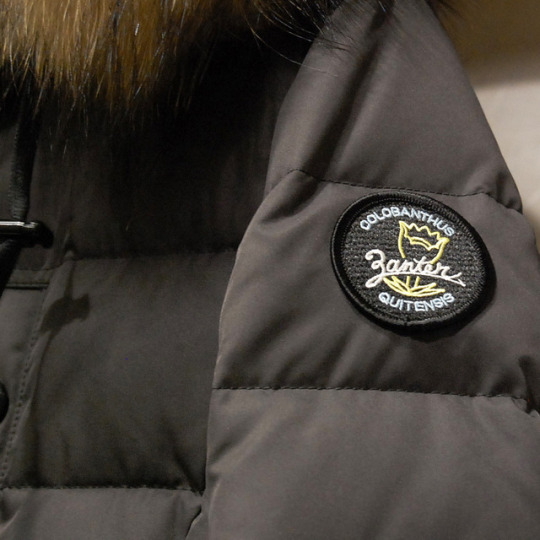

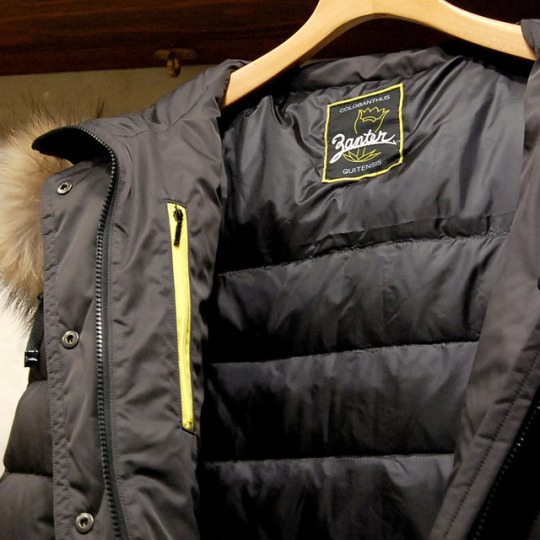
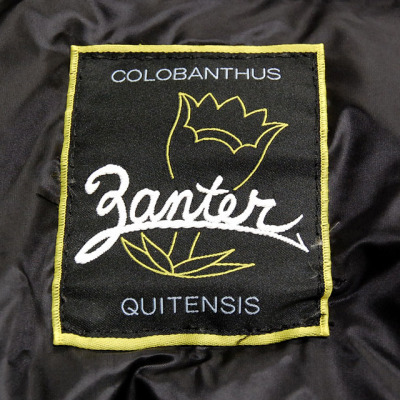
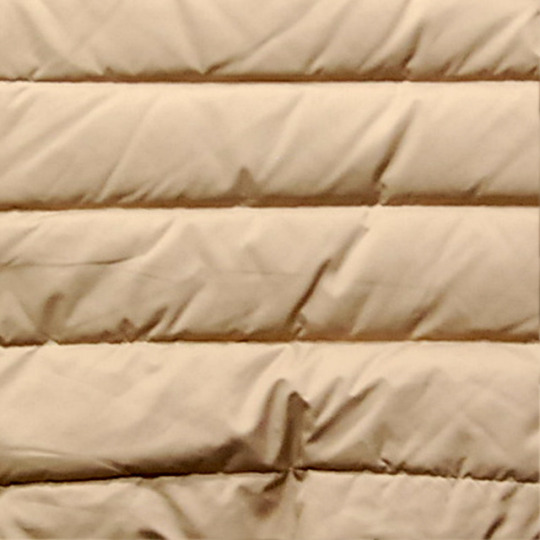
【レディース】
COLOBANTHUS QUITENSIS ZANTER
1003 Half Coat
Zander Japanのレディース “コロバンタス・クイテンシスというラインです。
フィンラクーンを贅沢に使用したハーフコート。
後ろ身頃をW チューブ仕様にすることにより保温性を確保。
ポケットは南極服のデザインを元にし、ブランドアイデンティティ
として存在感があります。
フロントファスナーには、ロゴが刻印された笛型ファスナーを
使用。アクセサリーとして、緊急用アイテムとして使用できます。
品質表示袋に消臭・抗菌メッシュ素材「MOFF 」を使用しており、
嫌な匂いを消す手助けとなっています。
ギミックとノウハウを詰め込んだ1着となっています。
素材表地:ポリエステル100%
中綿:ダウン90% フェザー10%
素材裏地:ポリエステル100%
毛皮:フィンラクーン
発売予定:2019年10月中旬-11月上旬
Size:
38/着丈85cm/身幅52cm/袖丈63cm/羽毛量185g/対応チェスト72-80cm
40/着丈87cm/身幅55cm/袖丈64cm/羽毛量98g/対応チェスト72-87cm
Color :Black / Beige
¥123000+税
ZANTER JAPANとは
南極観測隊のダウンウェアを60年以上提供し続けるザンター社。
その社名を冠したブランド”ZANTER JAPAN”の御紹介です。
製品はすべてMADE IN JAPANで、そのハイクォリティーさから
国内外有名ブランドのダウンジャケットも数多く生産する
高技術ダウンメーカーのオリジナルブランド それが
”ZANTER JAPAN”です。
0 notes
Text
Asymmetric responses to simulated global warming by populations of Colobanthus quitensis along a latitudinal gradient.
#pubmed http://dlvr.it/Pr0v8J
0 notes
Video
Antarctic plants: Colobanthus quitensis and Deschampsia, Scientists find the sun protection.
Researchers at the University of Santiago who investigate the properties of Antarctic plants grown under controlled conditions found that Colobanthus quitensis and Deschampsia antarctica tolerated high levels of ultraviolet radiation. According to the British Antarctic Survey, these are the only two flowering plants found in the icy polar region...
#AntarcticPlants #ColobanthusQuitensis #Deschampsia #sunProtection #Scientists #UniversityOfSantiago #ultravioletRadiation #Abantech
0 notes
Note
Favorite plant? or like maybe top 5?
It seems like a copout answer to just say all of them so I'll give you five in no specific order (below the cut)
Colobanthus quitensis, also known as Antarctic pearlwort. It's one of two known flowering antarctic plants (the other being Antarctic hair grass), it was discovered in the late 1700's-early 1800's. Since Antartica is a dessert it's native plants have a special kind of leaf structure to account for the lack of rainfall.
Cornus florida, or the flowering dogwood. It's native to North America and Mexico, the trees are monoecious meaning that it has both male and female flowers. It also serves as a place for more then 12 species of moths to lay their larvae in.
Phlox subulata, or moss phlox. It's an pink, purple, blue, or white evergreen native to the united states that commonly covers ground in wooded areas. It also serves as a pollinator and can be used to prevent erosion.
Pinus strobus, or the eastern white pine tree. These trees have been known to live for over 400 years and are largely considered the tallest trees in eastern North America. They also serve as habitats for other plants along with animals and insects.
Opuntia, also known as the prickly pear cactus. I had to include some sort of cacti in this because they are so vital to the ecosystem and water cycle. The prickly pear cactus in particular are some of the most cold tolerating cacti, and like many other cacti are only native to the Americas.
#this is just turning into a plant blog for me#which im ok with#feel free to keep asking about plants#ooc: this did take like half an hour to write and research though/lh#pamela isley#poison ivy#ask ivy#dc rp blog#dc rp#dc#dc comics#gotham rogues#plants
3 notes
·
View notes
Text
Scientists in Chile discovered molecules in two species of Antarctic flowers that protect the plants from solar radiation
Scientists discovered molecules in #Antarcticflowers that protect the plants from #solarradiation @UniversidadeUSC
News Hour:
Scientists in Chile have discovered molecules in two species of Antarctic flowers that protect the plants from solar radiation and could potentially be used in products such as sunscreen for humans and protection of vulnerable crops.
Researchers at the University of Santiago investigating the properties of Antarctic plants grown under controlled conditions found that Colobanthus…
View On WordPress
0 notes
Text
Antarctic endophytes improve drought tolerance in lettuce plants
Antarctic endophytes improve drought tolerance in lettuce plants
Antarctic root-endophytes were collected from plants such as Colobanthus quitensis, seen here growing on the South Shetland Islands, Antarctica. Photo credit: Marco Molina Montenegro. Climate change has limited the availability of water for irrigating crops throughout many regions of the world. Indeed, current models of climate change predict that arid and semi-arid zones will be places where…
View On WordPress
0 notes
Photo
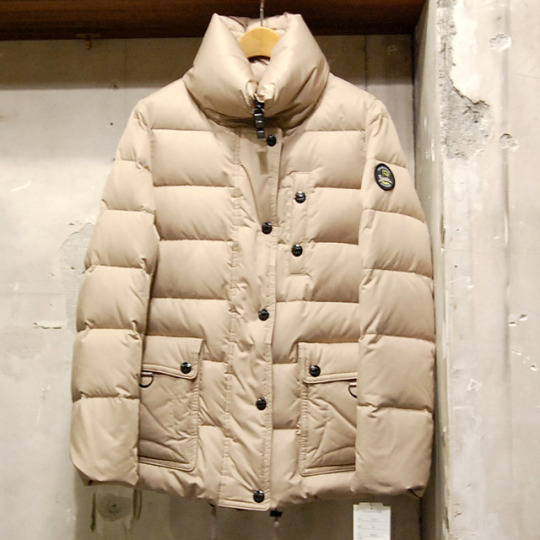
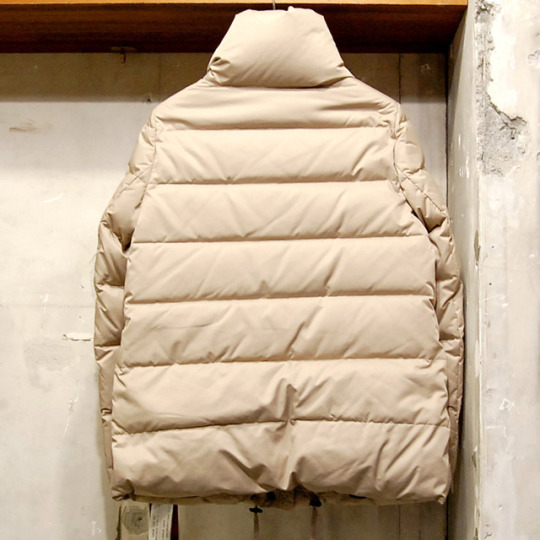
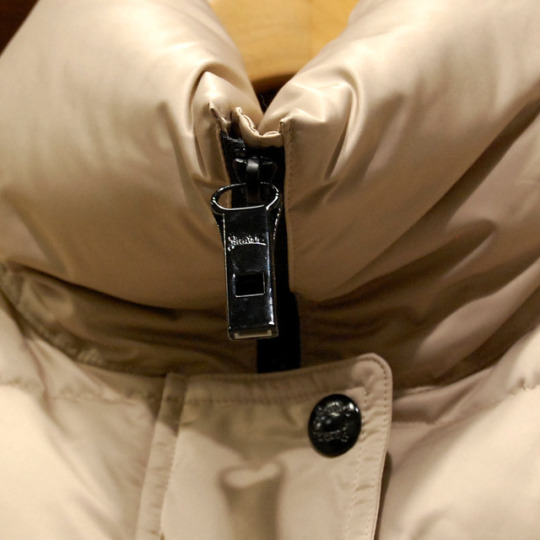
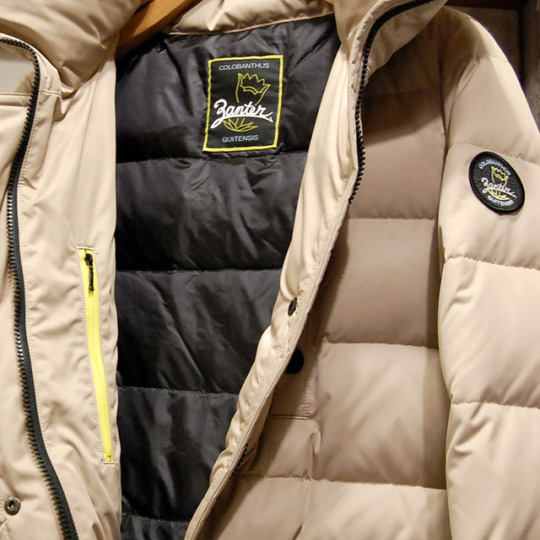
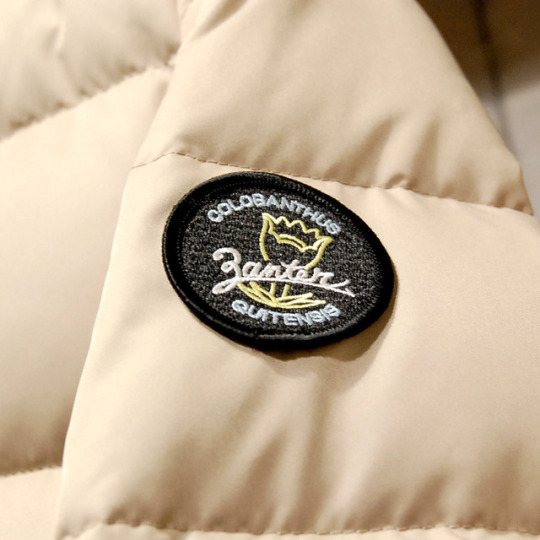

【レディース】
COLOBANTHUS QUITENSIS ZANTER
1002 Jackt
Zander Japanのレディース “コロバンタス・クイテンシスというラインです。
大きな衿が特徴的なジャケットで、ハーフコートと共通性のあるデザイン
です。
ポケット、ワッペン、笛型ファスナー等がデザインポイントです
ジャケットタイプですので着丈が長いものがお好みでは無い方にはおすす
めできる商品です。
素材表地:ポリエステル100%
中綿:ダウン90% フェザー10%
素材裏地:ポリエステル100%
発売予定:2019年10月中旬-11月上旬
Size:
38/着丈65cm/身幅52cm/袖丈63cm/羽毛量159g/対応チェスト72-80cm
40/着丈67cm/身幅55cm/袖丈65cm/羽毛量169g/対応チェスト72-87cm
Color :Black / Beige
¥83000+税
ZANTER JAPANとは
南極観測隊のダウンウェアを60年以上提供し続けるザンター社。
その社名を冠したブランド”ZANTER JAPAN”の御紹介です。
製品はすべてMADE IN JAPANで、そのハイクォリティーさから
国内外有名ブランドのダウンジャケットも数多く生産する
高技術ダウンメーカーのオリジナルブランド それが
”ZANTER JAPAN”です。
0 notes
Photo
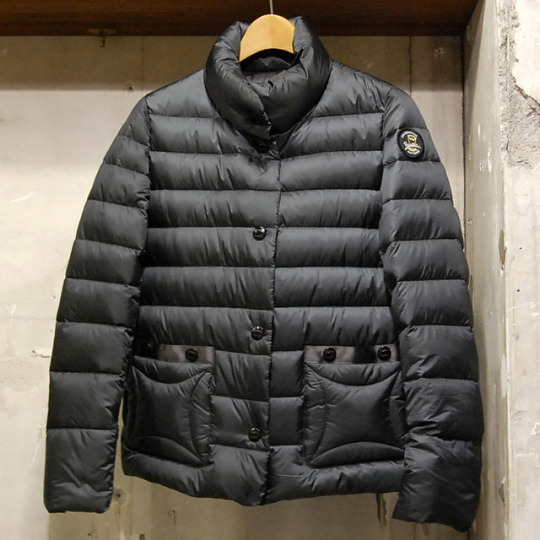
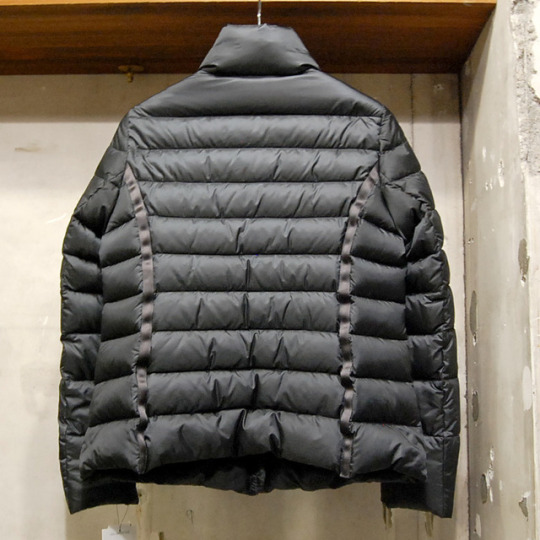
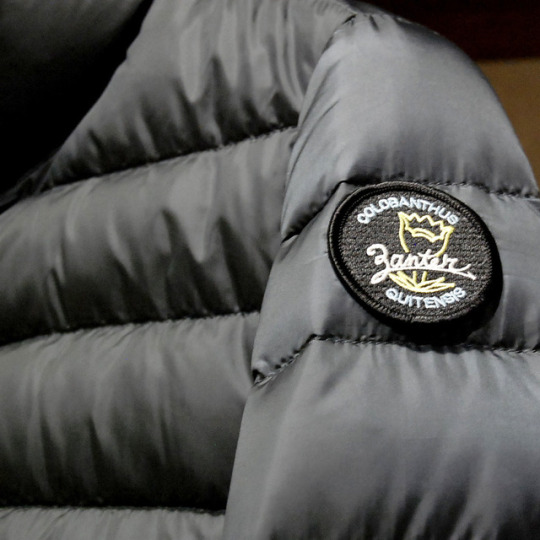
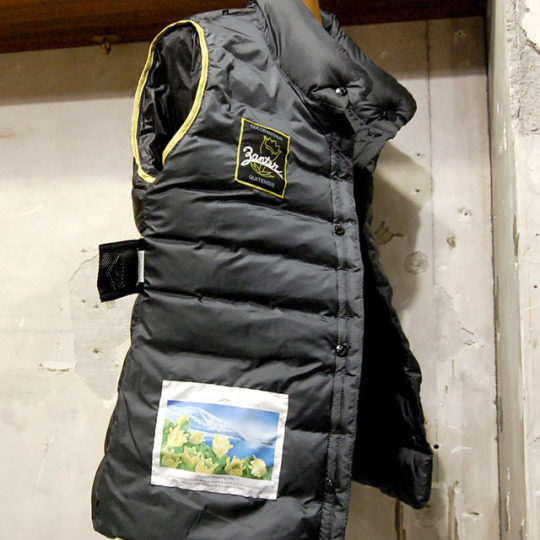
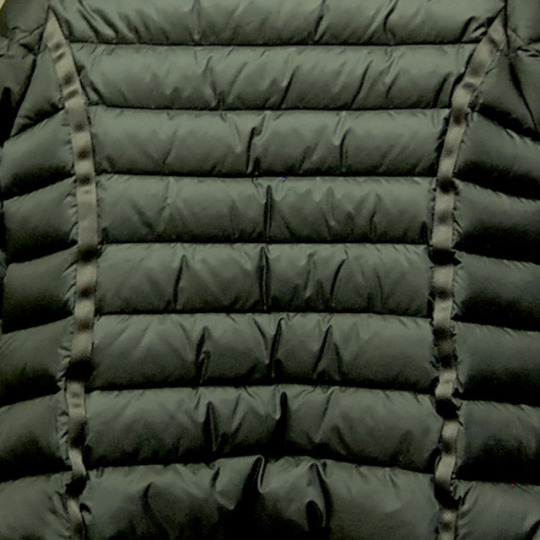
【レディース】
COLOBANTHUS QUITENSIS ZANTER
1001 Light Jacket
Zander Japanのレディース “コロバンタス・クイテンシスというラインです。
後ろ身頃を2層(直接ダウンを封入する構造)にすることにより、軽量さと
暖かさを兼ね添えたダウンジャケットが完成しました。
スナップボタンもオリジナルのものを使用しブランドとして共通を持たし
ています。
素材表地:ポリエステル100%
中綿:ダウン90% フェザー10%
素材裏地:ポリエステル100%
発売予定:2019年10月中旬-11月上旬
Size:
38/着丈58cm/身幅50cm/袖丈61.5cm/羽毛量93g/対応チェスト72-80cm
40/着丈60cm/身幅53cm/袖丈62.5cm/羽毛量98g/対応チェスト72-87cm
Color :Charcoal / Khaki
¥53000+税
ZANTER JAPANとは
南極観測隊のダウンウェアを60年以上提供し続けるザンター社。
その社名を冠したブランド”ZANTER JAPAN”の御紹介です。
製品はすべてMADE IN JAPANで、そのハイクォリティーさから
国内外有名ブランドのダウンジャケットも数多く生産する
高技術ダウンメーカーのオリジナルブランド それが
”ZANTER JAPAN”です。
0 notes
Photo
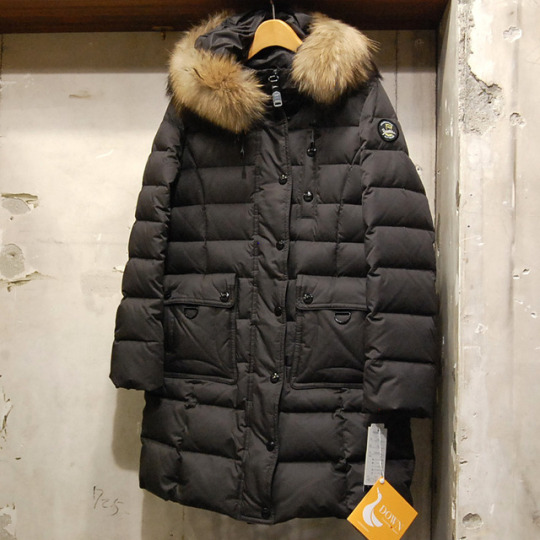
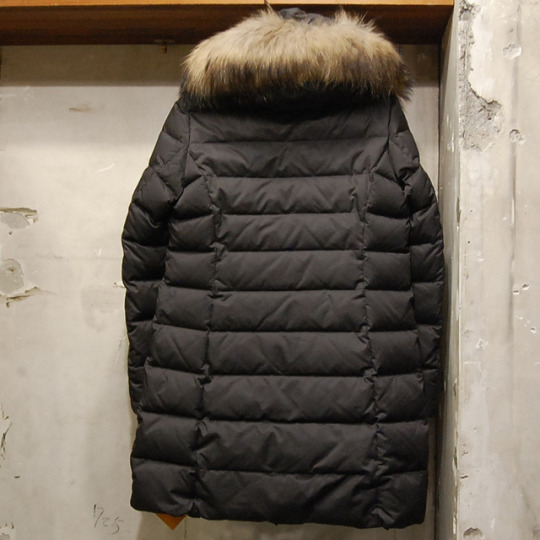
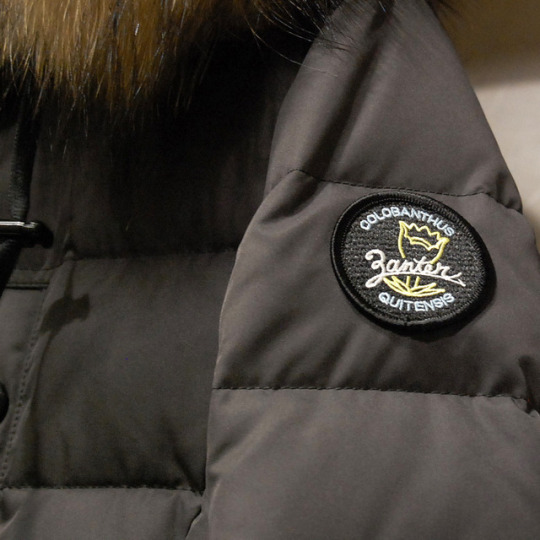
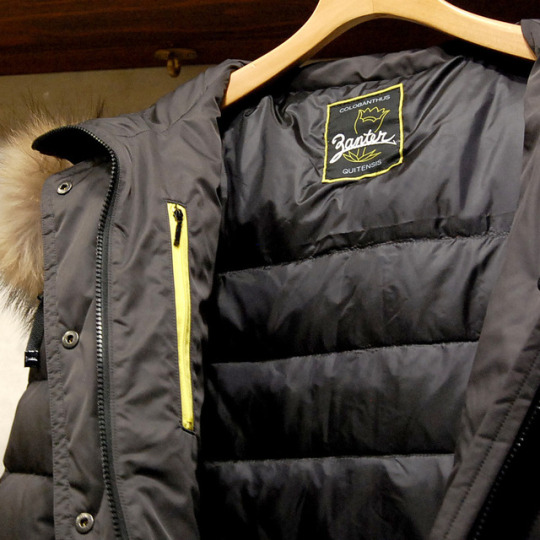


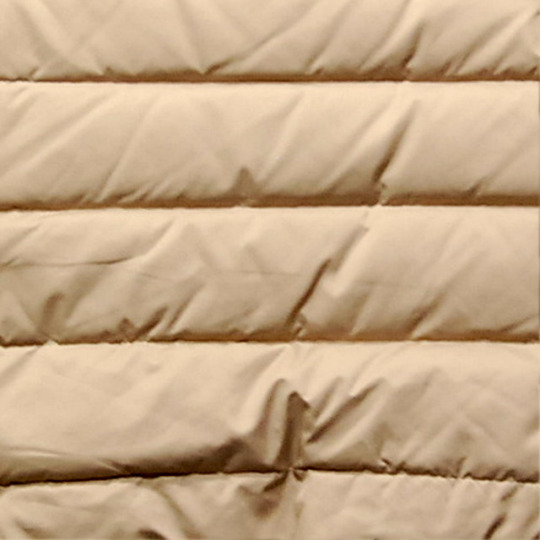
【レディース】
COLOBANTHUS QUITENSIS ZANTER
1003 Half Coat
Zander Japanのレディース “コロバンタス・クイテンシスというラインです。
フィンラクーンを贅沢に使用したハーフコート。
後ろ身頃をW チューブ仕様にすることにより保温性を確保。
ポケットは南極服のデザインを元にし、ブランドアイデンティティ
として存在感があります。
フロントファスナーには、ロゴが刻印された笛型ファスナーを
使用。アクセサリーとして、緊急用アイテムとして使用できます。
品質表示袋に消臭・抗菌メッシュ素材「MOFF 」を使用しており、
嫌な匂いを消す手助けとなっています。
ギミックとノウハウを詰め込んだ1着となっています。
素材表地:ポリエステル100%
中綿:ダウン90% フェザー10%
素材裏地:ポリエステル100%
毛皮:フィンラクーン
発売予定:2018年10月中旬-11月上旬
Size:
38/着丈85cm/身幅52cm/袖丈63cm/羽毛量185g/対応チェスト72-80cm
40/着丈87cm/身幅55cm/袖丈64cm/羽毛量98g/対応チェスト72-87cm
Color :Black / Beige
¥123000+税
0 notes
Photo
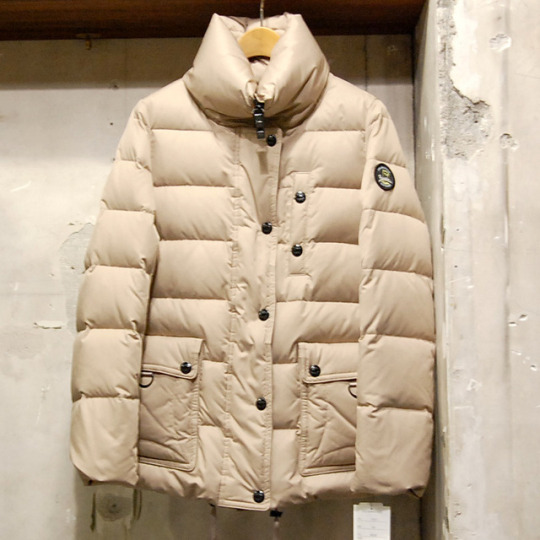
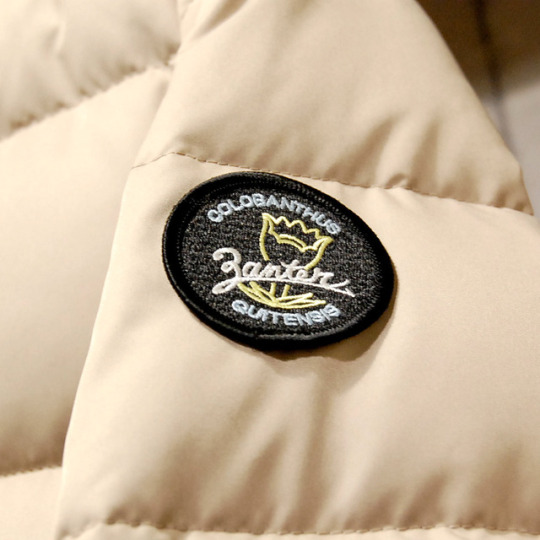
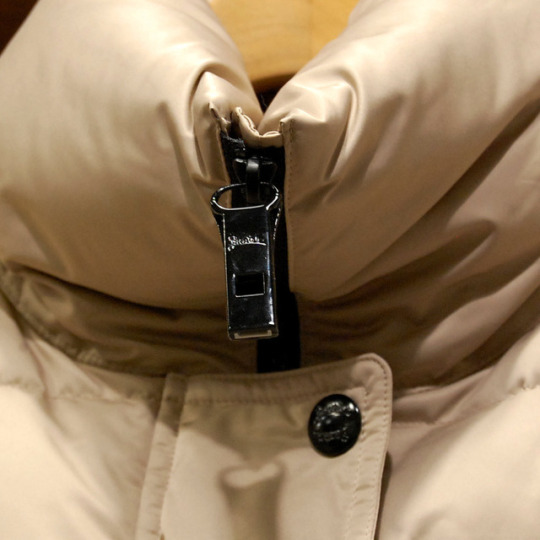
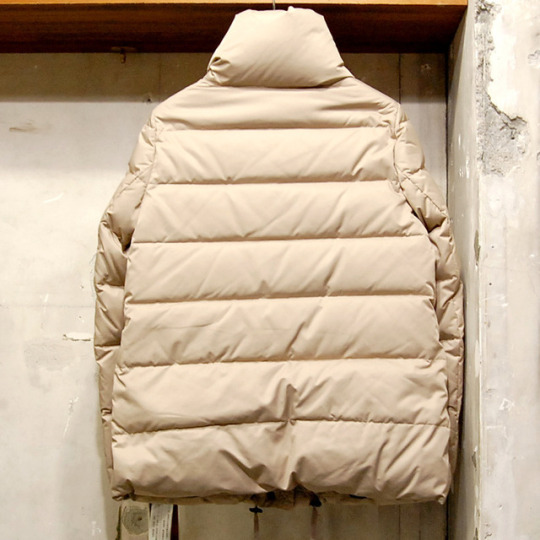
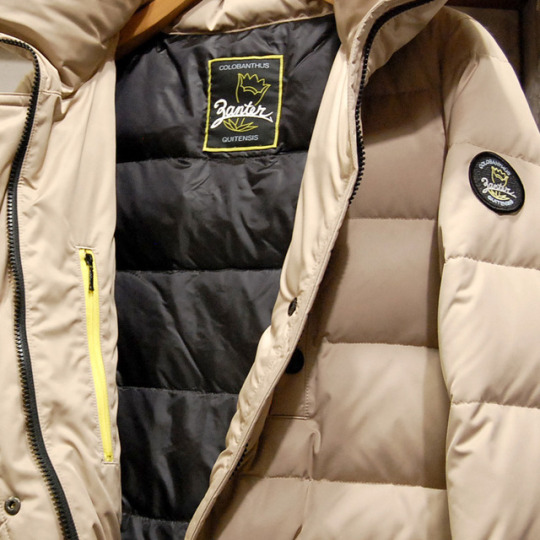
【レディース】
COLOBANTHUS QUITENSIS ZANTER
1002 Jackt
Zander Japanのレディース “コロバンタス・クイテンシスというラインです。
大きな衿が特徴的なジャケットで、ハーフコートと共通性のあるデザイン
です。
ポケット、ワッペン、笛型ファスナー等がデザインポイントです
ジャケットタイプですので着丈が長いものがお好みでは無い方にはおすす
めできる商品です。
素材表地:ポリエステル100%
中綿:ダウン90% フェザー10%
素材裏地:ポリエステル100%
発売予定:2018年10月中旬-11月上旬
Size:
38/着丈65cm/身幅52cm/袖丈63cm/羽毛量159g/対応チェスト72-80cm
40/着丈67cm/身幅55cm/袖丈65cm/羽毛量169g/対応チェスト72-87cm
Color :Black / Beige
¥83000+税
0 notes